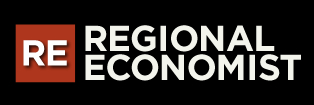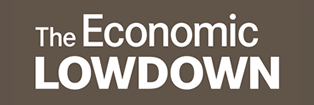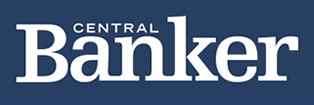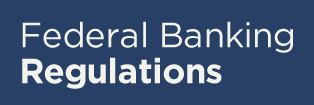Featured Stories

News & Publications

A coordinator in Supplier Diversity at the St. Louis Fed outlines the impact of the pandemic on minority businesses and ways to help.

Census data show that college-educated foreign-born workers have a relatively larger presence in STEM occupations than those born in the U.S.

We believe the Federal Reserve most effectively serves the public by building a more diverse and inclusive economy.
From St. Louis Fed President Jim Bullard
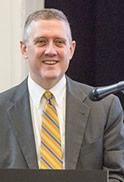
St. Louis Fed President James Bullard discussed his working paper, which examines whether monetary policy can be conducted in a way that benefits all households even in a world with substantial inequality. In the paper, nominal GDP targeting constitutes “optimal monetary policy for the masses,” he said. He spoke during a Bank of Finland monetary policy webinar.
FRED® Economic Snapshot
Who We Are

by Design
The Federal Reserve is a central bank system that includes the Board of Governors in Washington, D.C., and 12 independent regional Reserve banks.
This decentralized structure ensures that the economic conditions of all areas of the country are taken into account in the making of monetary policy.
Learn more about the importance of the Fed’s regional structure.

Mission
The Federal Reserve promotes a healthy economy and financial stability by:
- Pursuing maximum employment, stable prices and moderate long-term interest rates
- Ensuring safety and soundness of the nation's banks and financial system and protecting consumer credit rights
- Maintaining stability of the financial system and containing systemic risk
- Providing services to depository institutions, the U.S. government and foreign official institutions
Learn more about what we do.

Leadership
The St. Louis Fed is overseen by a board of nine independent directors who are familiar with economic and credit conditions in the Eighth District.
The Bank's president, first vice president and a team of officers manage the Bank's day-to-day operations. The Management Committee is the central policymaking body of the Bank.
















